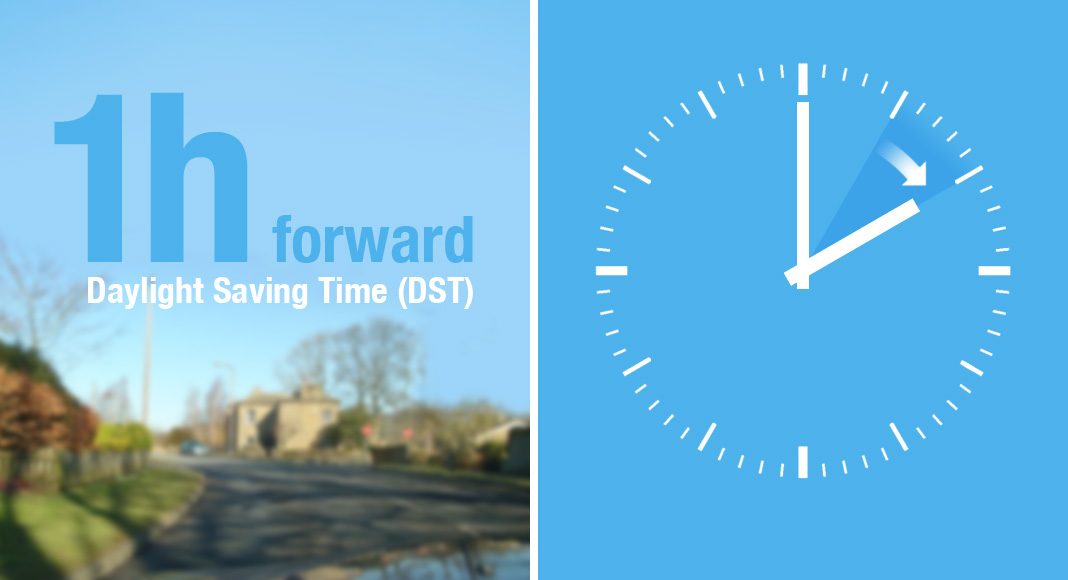- Research has shown that DST has an impact on fatal crashes
- Americans sleep an average of 40 minutes less on the night of the Spring transition
- Sleep patterns can be impacted for up to two weeks
As we prepare for the start of Daylight Saving Time (DST), firstly in the United States from the second Sunday in March and followed by Europe on the last Sunday in March, One More Second is issuing a safety alert to help prevent drowsy driving.
DST was first introduced over 100 years ago, in Canada, followed by Europe and, in 1918, the USA. Its purpose it to save energy and make better use of daylight.
Generally, the start of DST is regarded as ‘good news’ for road safety. In fact, crash risk and collision rates increase when DST comes to an end in October (Europe) and November (USA). This is believed to be down to an increase in darkness around evening rush hour, decreased visibility for pedestrians and drivers and the earlier onset of darkness throwing off our internal clocks and making us drowsier.
However, there is research which indicates that the start of DST can also be problematic. One of the main reasons for this is people failing to adjust their sleep times to accommodate the clock change. The research paper points out that Americans sleep an average of 40 minutes less on the night of the spring transition and that – depending on the individual – this transition could impact sleep patterns for anywhere from two days to two weeks.
Considering that drowsy driving significantly increases crash risk, One More Second offers the following tips as we spring forward into DST:
- Try to allow for the ‘loss’ of an hour by bringing forward the time you go to bed. If you think you’ll struggle to fall asleep an hour earlier than usual it is worth bringing bedtime forward slightly a few days in advance – even if it’s just by 15 minutes each night.
- Watch out for the warning signs of tiredness while you are driving, such as difficultly concentrating, yawning, ‘heavy’ eyes, neck muscles relaxing – causing your head to droop, frequent blinking, difficulty remembering the last few miles.
- Keep an eye on your actions while driving as these could also indicate tiredness; for example varying speed for no reason, drifting over lane markings.
- Take regular breaks from driving – at least 15 minutes every two hours.
- If you begin to feel sleepy while driving you MUST take a break. Ideally this break should involve getting out of your vehicle to stretch your legs and get some fresh air. Have a 15-minute power nap if possible.
- Never rely on ‘quick fixes’ such as coffee, energy drinks or winding down the window for air – these are not a substitute for sleep.
- Never drive after ANY amount of drugs or alcohol. Even a very small amount of alcohol can make you feel sleepy. Also refrain from drinking alcohol or taking drugs the night before driving.
- Be extra cautious if you are taking any medicines. Some prescription and over-the-counter drugs can cause drowsiness. Always check the label or seek professional advice before driving.
Visit the One More Second Driver Guides section for a more detailed guide to avoiding Fatigue.



















